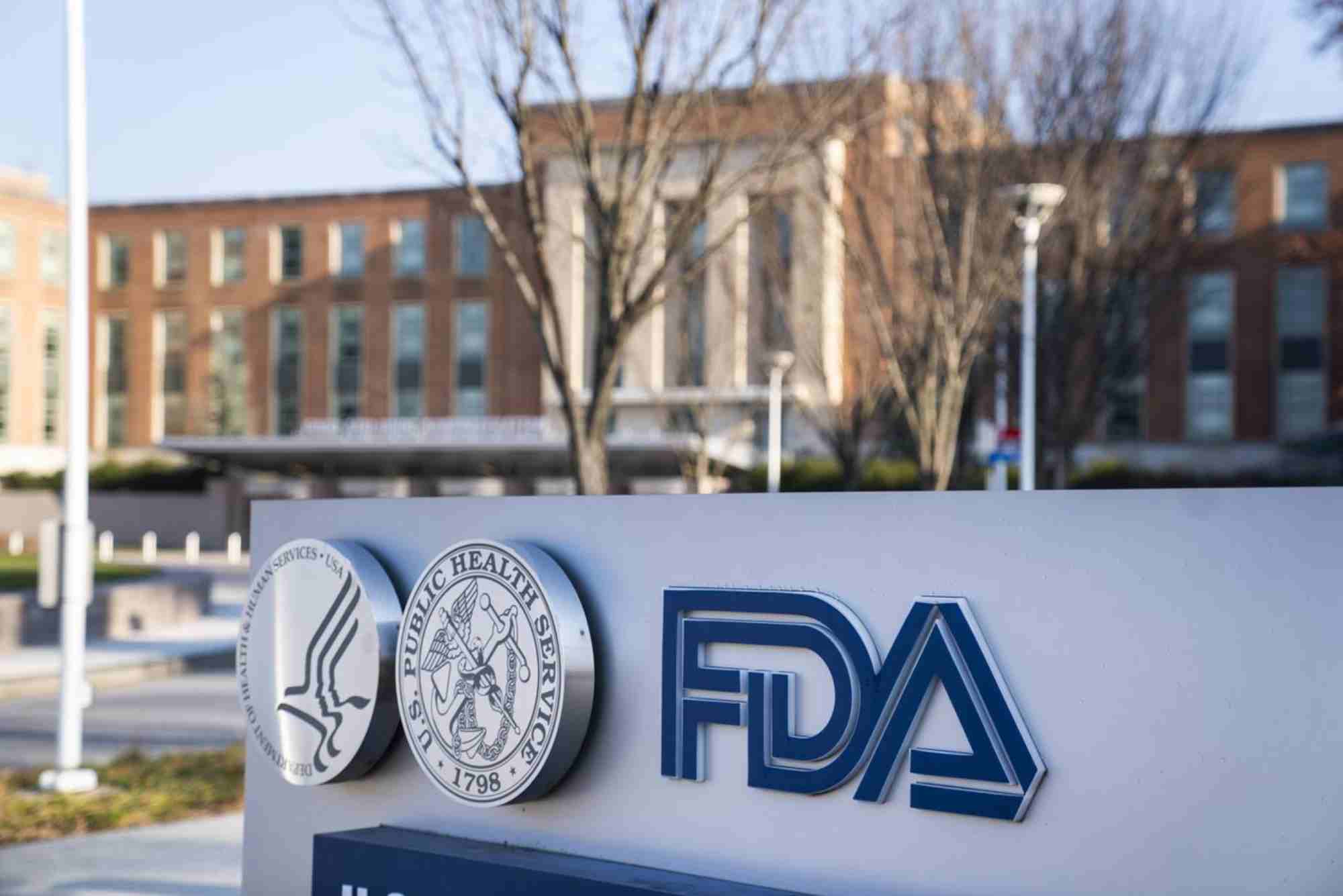Navigating the FDA registration Philippines process can feel overwhelming for first-time importers and manufacturers. Whether you’re bringing in food, cosmetics, medical devices, or pharmaceuticals, getting FDA approval is essential for doing legal business in the country.
This guide explains everything you need to know — from who needs registration, to the steps, costs, timelines, and common pitfalls.
Understanding the process not only helps ensure compliance but also speeds up market entry. Let’s explore how to get your products FDA-registered in the Philippines.
Why FDA Registration Matters in the Philippines
The Food and Drug Administration (FDA) of the Philippines is responsible for ensuring the safety, quality, and efficacy of products that affect public health. This includes food, drugs, cosmetics, medical devices, household hazardous substances, and more.
If you’re importing or manufacturing any regulated product, FDA registration in the Philippines is legally required before you can distribute or sell.
Failure to comply can lead to product seizures, penalties, or being blacklisted from future registration.
Who Needs FDA Registration in the Philippines?
Importers
If you’re an importer of regulated products, you’re responsible for securing an FDA-issued License to Operate (LTO) and product registration. This applies even if your products are pre-approved in another country.
Local Manufacturers
Philippine-based manufacturers must also apply for an LTO and register each product with the FDA before launching them into the market.
Distributors and Traders
Even if you’re not the actual manufacturer, you still need an LTO if you’re handling product distribution or repacking. In some cases, you may also need to secure marketing authorization.
Categories of FDA-Regulated Products
The FDA covers several product categories, including:
- Food and beverages
- Drugs and pharmaceuticals
- Medical devices
- Cosmetics and personal care products
- Household and urban hazardous substances
- Veterinary products
Each category has its own set of requirements and submission formats. That’s why it’s important to determine which category your product falls under before starting the process.
Key Steps for FDA Registration in the Philippines
Secure Your License to Operate (LTO)
Before applying for product registration, you must first get an LTO from the FDA. This license proves you’re a legal business entity allowed to handle regulated products.
LTO Requirements:
- Business registration documents (SEC, DTI, BIR)
- Site Master File (for manufacturers)
- Floor plan and photos of facilities
- List of personnel with credentials
- Valid government IDs
Once your LTO is issued, it is valid for 1 to 2 years and must be renewed before expiration.
Product Registration
After securing the LTO, you can begin the FDA product registration process. This involves submitting technical and administrative documents proving your product’s safety and quality.
Common Documents Needed:
- Product label and packaging design
- Certificate of Analysis or Safety Data Sheet
- Product Information File (for cosmetics)
- Manufacturing process and ingredient list
- Foreign certifications (e.g., GMP, COA)
Each product type has its own checklist, so always refer to the latest FDA circulars or consult a regulatory affairs specialist.
Pay Regulatory Fees
Registration fees vary depending on product type and risk classification. Expect to pay between PHP 2,000 and PHP 20,000+ per application.
All payments must go through the FDA’s designated online payment channels. Receipts are issued electronically.
Evaluation and Inspection
FDA experts will review your documents and, if necessary, inspect your facilities. Timelines can range from 30 to 180 days, depending on product complexity and FDA workload.
You may be asked to submit additional documents or clarifications during this phase.
Step 5: Issuance of CPR or Notification Certificate
If your application is approved, you’ll receive a Certificate of Product Registration (CPR) or a Certificate of Notification (for low-risk products like cosmetics). Only then can you begin marketing or selling your product legally.
How Long Does FDA Registration Take?
Processing time varies based on product type and the completeness of your documents:
- LTO Processing: 15 to 60 working days
- Product Registration: 30 to 180 working days
In recent years, the FDA has implemented online systems like ePortal and eLTO to streamline these timelines, though delays can still happen.
Common Mistakes to Avoid
Even small errors can cause major delays. Here’s what often goes wrong:
Missing or Incorrect Documents
Incomplete application packages are one of the top causes of rejection. Always double-check the checklist.
Wrong Product Classification
Registering your product under the wrong category can cause months of delay. Consult with FDA or a compliance consultant if unsure.
Expired Supporting Certificates
Documents like GMP certificates or COAs must be valid and recent. Submitting expired documents will lead to disapproval.
Labeling Violations
FDA has strict labeling guidelines. Common issues include missing registration numbers, incorrect font sizes, and unauthorized health claims.
Tips for a Successful FDA Registration
- Start early. Don’t wait until your product is in transit to begin the process.
- Stay updated. FDA regularly updates its guidelines and procedures.
- Consult experts. Regulatory consultants can save you time and prevent rejections.
- Use the online portal. The FDA eServices Portal simplifies submissions and tracking.
Renewal and Post-Approval Obligations
Renewing Your LTO and CPR
Both your LTO and CPR have validity periods and must be renewed on time. Failure to renew may result in penalties or registration suspension.
Reporting Changes
Any changes in formulation, packaging, manufacturing site, FDA Registration Philippines or ownership must be reported to the FDA. In most cases, a variation or amendment process is required.
FDA Inspection and Compliance Monitoring
After registration, you’re still subject to FDA monitoring. Unannounced inspections can happen at any time. Ensure compliance by maintaining good documentation, proper storage, and up-to-date staff training.
Why Work With a Regulatory Consultant?
The FDA registration process in the Philippines can be technical and time-consuming. A local consultant can help you:
- Classify your product correctly
- Prepare complete documentation
- Avoid costly delays
- Communicate with FDA officials
While you can do it yourself, professional assistance can accelerate approvals and improve compliance.
Get FDA Registered the Right Way
Successfully navigating FDA registration in the Philippines is essential for importers and manufacturers who want to operate legally and profitably. With proper preparation, clear documentation, and the right guidance, the process becomes much smoother.
Need help getting your products FDA-registered?
Contact a trusted regulatory affairs expert today and get your product to market faster, with full compliance.
FAQ: FDA Registration Philippines
How do I register with the FDA in the Philippines?
You need to apply for an LTO and then register your product through the FDA’s eServices Portal. Each step involves specific documentation.
How much does FDA registration cost in the Philippines?
Costs vary depending on product type. Fees generally range from PHP 2,000 to over PHP 20,000.
How long does FDA registration take?
LTO applications can take 15–60 days. Product registrations range from 30 to 180 days, depending on product type and FDA workload.
Do cosmetics need FDA registration in the Philippines?
Yes, but low-risk cosmetics may only require a Notification Certificate instead of a full registration.
Can I sell my product without FDA approval?
No. Selling unregistered FDA-regulated products is illegal and can result in fines, product seizure, or legal action.





